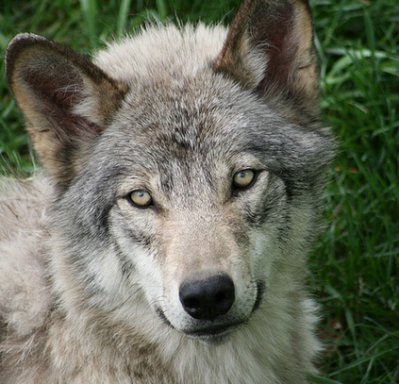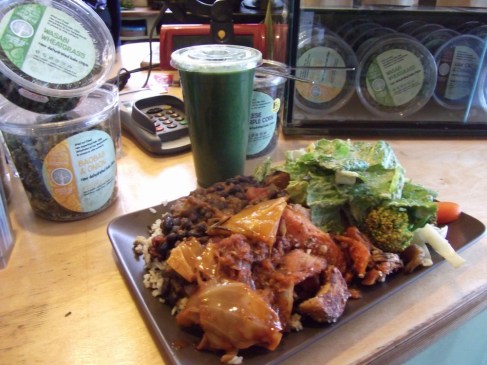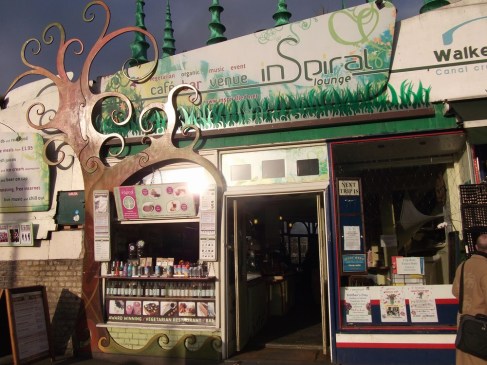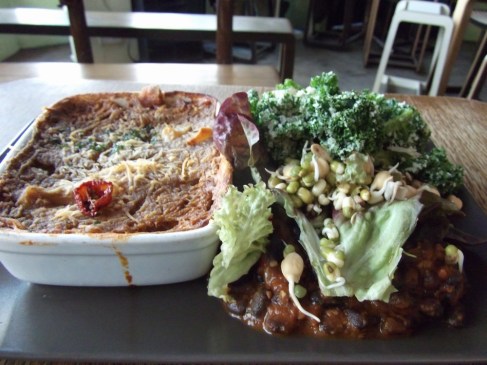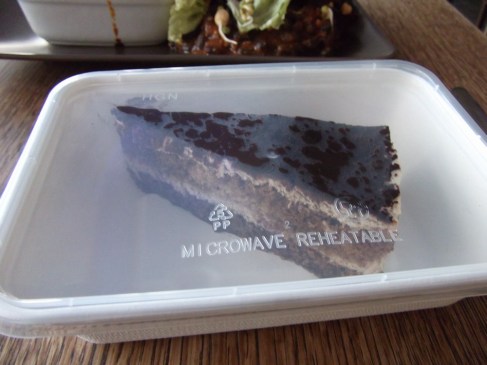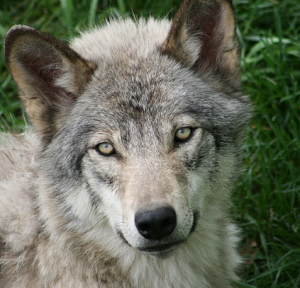
Photo by Jay & Mel https://www.flickr.com/photos/49989861 CC BY-NC 2.0
On November, 2nd Miklós Szatyor, director of the Pécs Zoo in Hungary, who is said to be a “a good hunter”, shot a young wolf dead. The animal had escaped from the zoo the previous day after having jumped a 3-meter-high fence, in spite of the electric wires. Szatyor said he was saddened by the events and added: „The wolf had behaved in an aggressive way. I only had live ammunition on me but anyway, it would not have been worth trying to shoot it with a tranquilizer from such a distance” (i.e. 50 meters). The wolf arrived from Italy less than 24 hours before he got frightened of the noise of the works in the zoo that is still under reconstruction. The animal protection NGO Állatvedő Liga (Animal Protection League) condemned Szatyor’s actions as unjustified and they started a petition demanding the director to step down.
There are many thoughts that come to my mind regarding these news, and none of them are pleasant. For example in what way was the wolf aggressive if Director Szatyor had not been able to get close enough to be able to shoot him with a tranquilizer? How is it possible that Szatyor only had live ammunition on him? I fail to see why he did not take a tranquilizer gun with himself for the search of the escaped animal particularly because I know that wolves are protected under Hungarian legislation. Previous reports stated that the escaped wolf was very tame, however, a few lines below I read that the “local hunting association was present in great numbers”. This is not the first time that a wolf has escaped from the Pécs Zoo. Why didn’t the institution have an action plan for similar cases that would ensure the maximal protection of the safety of the population as well as the life of the escaped animal?
The previous management of the zoo had been dismissed on financial mismanagement and graft charges. The article in the local newspaper BAMA which reports about the investigation that led to the dismissals mentions that there had been unexplained deaths of animals, and that “there have been several cases when animals had been purchased without the basic provisions for their arrivals.” Another article reports that a bear had been shot within his enclosure by hunters, and many other animals, including a tiger, had disappeared. It makes me wonder whether there have been changes in the conditions at all under the new management if a young wolf managed to escape its enclosures within 24 hours after his arrival.
This incident brings into a light an issue which is often overlooked. Is there a need for zoos at all? Raising the question itself touches sensitive cords for many people. We have such sweet childhood memories about our walks in the zoo: about feeding the elephant, watching a baby tiger or a monkey family play. We would like to give similar memories to our children. Furthermore, we have often heard that zoos play an important role in education and in conservation of protected species. But is this really so?
Unfortunately, research that was not financed by zoos, such as the one published in Society and Animals by L. Marino et al. do not support the above claims: they found no evidence that visits to zoos and aquariums would produce long-term positive effects on people’s attitudes toward other animals.
Afterall, just think about it: a child will watch an animal only for a few minutes, behind bars, outside of its natural habitat. What we actually teach children by taking them to zoos is that animals are there for our amusement; our amusement is worth more than their right to be free or to spend their lives with their families. (Because of the animal trade between zoos, the babies very rarely have the chance to stay long with their mothers. The separation and the long transportation to other zoos are highly stressful for them.)
Shooting the escaped wolf in Hungary underlines the fact that in the eyes of the management of zoos saving animals’ lives is not a priority at all. The public was outraged to hear about the recent culling of “surplus” giraffes and lions in Denmark. (Even John Oliver’s comedy show had a word on that). However, it is less well-known that only in Europe over 5,000 animals are euthanized by zoos every year.
Although zoos like to promote themselves as protectors of endangered species, the reality is that only a tiny fraction of animals bred in such facilities are released back to their natural habitat, and those which are freed have very little chance for survival. Even breeding programmes for critically endangered species, such as the giant panda, have failed to fulfil their role to save animals.
So if zoos are not useful for education and neither for conservation, why do they still exist? There is only one reason for their existence and that is profit. For instance, the Hungarian zoo from where the unfortunate wolf escaped is currently being reconstructed for HUF 1.2 billion (USD 4.09 million).
There are much more effective ways to teach children to love animals. For example, Costa Rica permanently closes down its zoos while the new bio diversity museum in Panama presents the local fauna with the aid of giant multimedia screens and lifelike models, without one single animal in captivity. Today’s youth are so much more entertained even by a simple nature film, than by a miserable monkey behind bars. I am convinced that the future zoos will use technology something like this 3D projection.
But why would you want to go to zoos anyway? Even if the decoration is life-like, it will never come up to the animal’s wild habitat. Take your family for a hike in the mountains, bird watching or snorkelling. A visit to a national park or to a farm sanctuary can be a wonderful experience too.
I believe that soon there will be a time when we will all view keeping other animals in captivity with the same condemnation, as we think of the barbarity of the exhibition of humans in zoos. We cannot teach our children for empathy and for the love of animals by financially supporting institutions who make profit from their exploitation.

